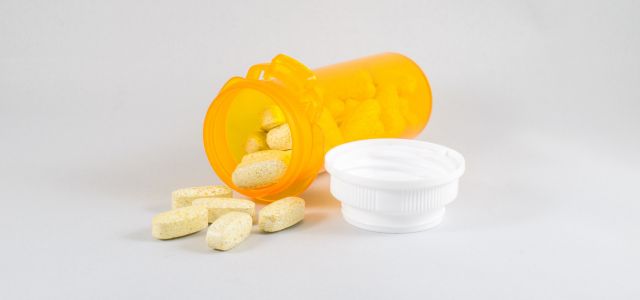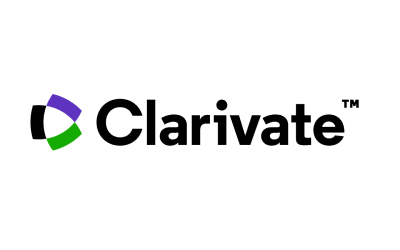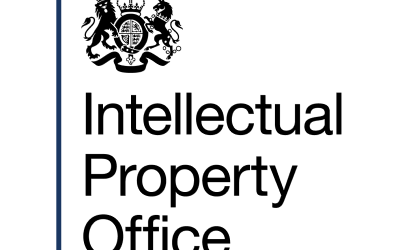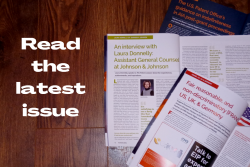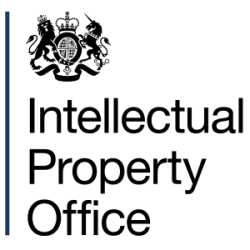F. Hoffmann-La Roche AG (Roche), the Plaintiff, has brought a patent infringement suit against Zydus Lifesciences (Zydus), the Defendant. Roche seeks relief from the permanent injunction restraining infringement of the following two Indian patents:
- Product patent: Indian patent No. IN 268632 titled as ‘PHARMACEUTICAL FORMULATION COMPRISING HER2 ANTIBODY’ (hereinafter ‘IN’632’) which relates to an aqueous pharmaceutical formulation comprising Pertuzumab (marketed as Perjeta) and excipients such as sucrose, histidine acetate buffer, and polysorbate.
- Process patent: Indian patent No. IN 464646 titled as ‘PERTUZUMAB VARIANTS AND EVALUATION THEREOF’ (hereinafter ‘IN’646’) is a process patent which relates to the method for making a composition comprising Pertuzumab and one or more variants.
The Plaintiffs allege that the Defendant is attempting to manufacture and market a similar biologic drug, ZRC-3277, and has sought regulatory approval for the same, thereby infringing the suit patents during their term.
During the suit proceedings, the Plaintiff sought the constitution of a confidentiality club to access the process used by the Defendant, under Section 104A of the Act, for manufacturing its product ‘Sigrima,’ which is a biosimilar of Roche’s Perjeta.
The primary issue before the Delhi High Court was whether a confidentiality club is allowed under Section 104A of the Act, and particularly if the Defendants are liable to disclose their processes under Section 104A. An application for constituting the confidentiality club was filed by the Plaintiffs seeking access to information filed by the Defendants (being sensitive information) to conduct claim mapping.
The Court refused access to the information as it opined that the Plaintiffs failed to fulfil the mandatory requirements of Section 104A of the Patents Act. Specifically, the Plaintiffs could not prove that the Defendant’s product was identical to the product directly obtained from the patented process. The Court emphasized that the Plaintiffs needed to demonstrate that the Defendant’s product was identical to their product, which they failed to do.
The Court observed that the following legal principles emerge with regard to the scope and ambit of Section 104A of the Act, based on the other High Court’s decisions in “Natural Remedies Private Limited v. Indian Herbs Research & Supply Co. Ltd“ and “Bristol-Myers Squibb Holdings Ireland v. Mylan Laboratories Limited.”
-
- Only when the Plaintiff proves that the Plaintiff’s product and the Defendant’s product are identical, the Court may direct the Defendant to disclose its process to show that the same is different from the patented process.
- Mere similarity between the two products would not suffice.
- While directing the Defendant to disclose its process, the Court would protect the trade and commercial secrets of the Defendant.
- Where the products are found to be identical and the Defendant nonetheless refuses to furnish the particulars of its process, the Court may draw an adverse inference and invoke Section 104A of the Act.
The Defendant contended that neither patent covers the active ingredient Pertuzumab itself, which is in the public domain due to prior disclosures. They argued that the Plaintiffs have not demonstrated that the Defendant’s formulation or process infringes the patents. The Defendant submitted that Section 104A of the Patents Act, which shifts the burden of proof in process patent infringement cases, is not applicable because the Defendant’s product is a similar biologic, not an identical product. The plaintiffs have not shown identity of products as required.
The Court observed that the Plaintiffs had not conducted any analytical characterization or reverse engineering of the Defendant’s product to show that it was identical to the Plaintiffs’ product. The claim mapping provided by the Plaintiffs pertained to a product patent and the Defendant’s patent application, which was not directly relevant to the process patent in question.
The Court referred to the Guidelines on Similar Biologics, which state that a similar biologic must be proven to be similar in terms of quality, safety, and efficacy to the reference biologic. However, the guidelines do not require the manufacturing process to be identical. The Court concluded that the Plaintiffs’ reliance on the Defendant’s application to the CDSCO did not fulfil the requirement of proving product identity under Section 104A.
The Court maintained a strict interpretation of the term “identical” under Section 104A, emphasizing that the legal standard for patent infringement requires identity in substance and composition, even for biologic drugs and biosimilars.
Key takeaways
The Court’s interpretation of the Biosimilar Guidelines and its application to patent law could have far-reaching implications for the pharmaceutical industry. It emphasizes that regulatory approval of biosimilars does not automatically imply patent infringement, and Plaintiffs must provide concrete evidence of identical processes.
The case emphasises the stringent requirements under Section 104A of the Patents Act. Plaintiffs must prove that the Defendant’s product is identical to the product obtained from the patented process before the burden of proof shifts to the Defendant. This sets a high bar for Plaintiffs and emphasizes the need for thorough evidence and analysis.

Written by Ranjan Narula
Managing Partner, RNA, Technology and IP Attorneys

Written by Suvarna Pandey
Associate Partner, RNA, Technology and IP Attorneys
You may also like…
Clarivate delivers new AI-powered solutions within Innography for competitive benchmarking and standard-essential patent analysis
AI Classifier delivers patent classification with up to 97% first-pass accuracy for portfolio benchmarking, while SEP...
New Minister appointed with responsibility for intellectual property
The UK Intellectual Property Office (UKIPO) CEO has welcomed the new Minister. Kanishka Narayan MP has been confirmed...
Bike safety and kitchen elegance win big at the DesignEuropa Awards 2025
COPENHAGEN — Today, the design community recognized two exceptional creations and two notable designers in the sixth...
Contact us to write for out Newsletter

